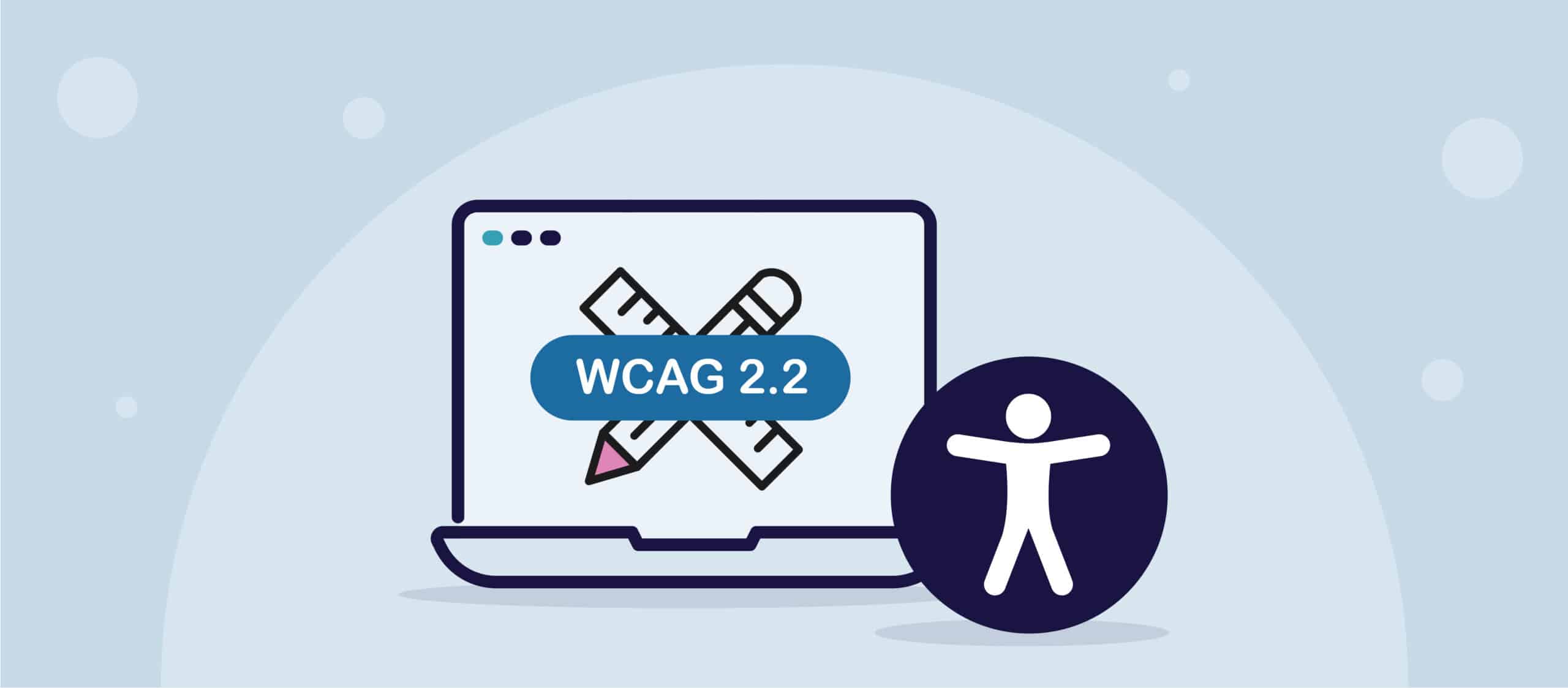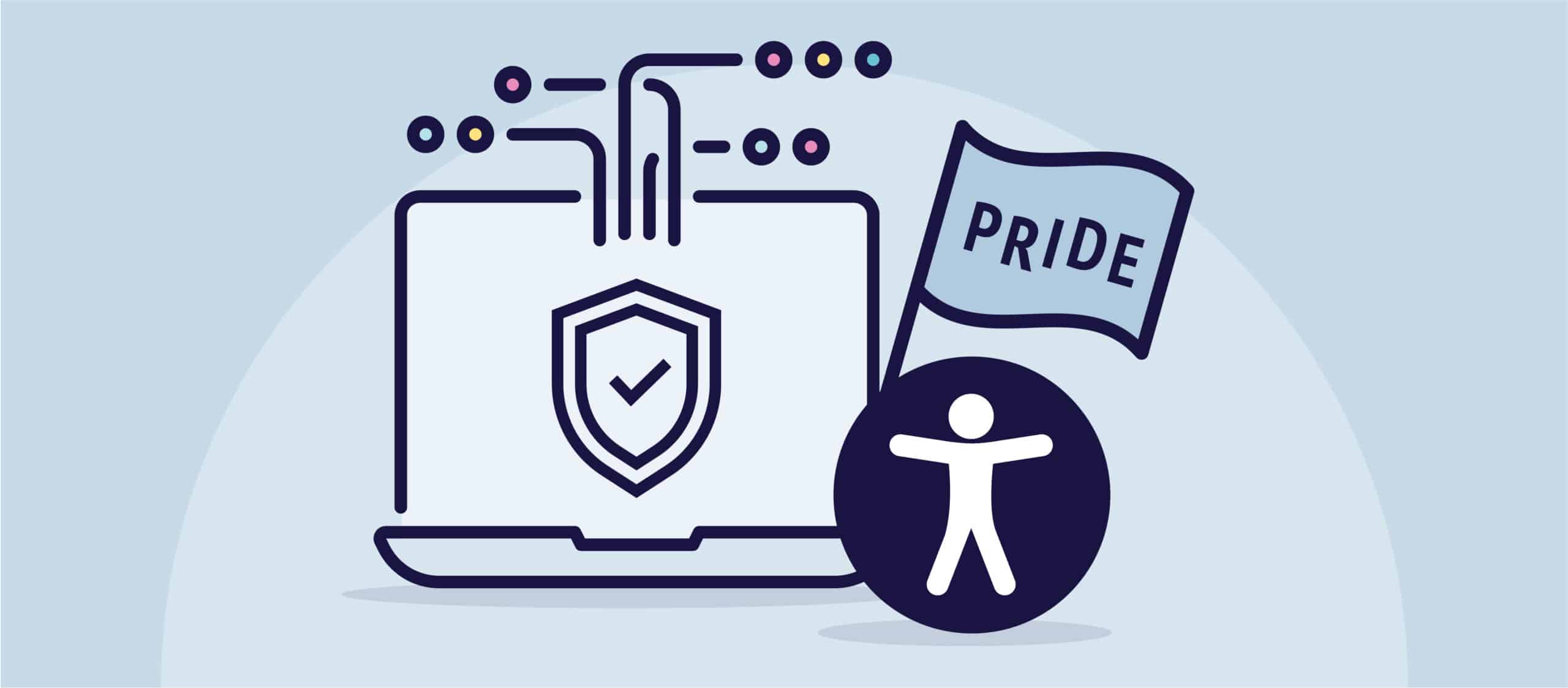In today’s fast-paced digital era, the significance of fostering inclusive environments is more pronounced than ever. Creating an inclusive digital environment means ensuring that everyone, regardless of their physical, cognitive, or sensory abilities, has the ability to effectively navigate, comprehend, and interact with digital content. This approach is vital, not just from a moral perspective but also for engaging a broader range of users from varying backgrounds and experiences.
Emphasizing inclusivity transforms digital spaces into dynamic hubs for creativity, teamwork, and societal inclusion, truly mirroring the diversity of the global population. For organizations functioning in the digital realm, it’s essential to grasp and deploy effective strategies that promote such inclusivity. These strategies enhance user experience, widen access, and ensure that all individuals can participate fully in the digital community, thereby enriching the digital ecosystem with diverse perspectives and ideas.

The Importance of Inclusive Digital Environments
Inclusive digital environments offer significant benefits, enhancing social cohesion and ethical practices while expanding business opportunities. Socially, they prevent the alienation of individuals from digital advancements, promoting equality and integration. This inclusivity ensures that all community members can participate in and benefit from technological progress, which supports the principle of reducing the digital divide and strengthens community ties.
Ethically, creating accessible digital spaces reflects a commitment to universal human rights, affirming that digital progress should benefit everyone. This approach aligns with global initiatives like the UN’s Sustainable Development Goals, which advocate for reduced inequalities.
Commercially, inclusivity opens new markets by engaging demographics previously overlooked, leading to increased revenue streams and enhanced brand loyalty. Companies recognized for their social responsibility attract customers who value equity and inclusivity, providing a competitive edge and driving innovation through diverse customer insights.
Moreover, inclusive digital spaces empower users by providing tools and platforms for self-expression, learning, and global interaction. This empowerment is crucial for fostering diversity, allowing a multitude of voices and experiences to enrich digital interactions and spur innovation. The more diverse the users a digital environment can support, the more dynamic and creative it becomes, leading to a more inclusive and innovative digital society.

Key Strategies for Creating Inclusive Digital Environments
Design Thinking and Accessibility
Applying design thinking principles can greatly enhance the accessibility of digital products. This user-centric approach starts with empathizing deeply with users, including those with disabilities, to fully grasp their needs and experiences. It highlights understanding user challenges in intimate detail, which fosters a more inclusive ideation process. Following empathy, design thinking involves brainstorming creative solutions and quickly prototyping to test and refine ideas. This iterative cycle ensures that accessibility is considered at every step, rather than as an afterthought. By integrating accessibility from the beginning, design thinking facilitates the development of digital products that are universally usable, enhancing the user experience for a broader audience. This proactive approach not only improves functionality but also inclusivity, making digital environments more accommodating and welcoming to all users.
Universelle Designprinzipien
The concept of universal design aims to make products and environments accessible to the widest possible audience without the need for specialized adaptations. It encompasses seven core principles: equitable use, flexibility in use, simple and intuitive operations, perceptible information, error tolerance, minimal physical effort, and adequate size and space for access. These principles ensure that digital platforms cater to a diverse range of abilities and disabilities, enhancing usability for everyone. By applying these guidelines, digital environments become more user-friendly and inclusive, benefiting not just those with specific needs but all users, thereby broadening the reach and effectiveness of digital solutions.
Technological Aids and Tools
Various technological aids and tools are essential for enhancing accessibility in digital environments. Screen readers, text-to-speech, and speech recognition technologies support users with visual impairments or learning disabilities by converting text to audio or facilitating easier communication. Features like contrast adjustments and text enlargement help those with low vision, while voice navigation and touch assistance technologies assist users with physical limitations. Incorporating these tools not only boosts accessibility but also significantly improves the overall user experience. Such enhancements ensure digital platforms are inclusive, enabling all users, regardless of their abilities, to fully engage with digital content.
Continuous Feedback Loop
Involving users with disabilities in the design process is essential for creating accessible digital products. Their unique perspectives help identify and resolve potential barriers, enhancing product functionality. By integrating these users from the start and adopting an iterative testing approach, feedback is continuously gathered and implemented, ensuring products evolve to meet diverse needs. This process not only improves inclusivity but also refines user experience, making digital environments more accommodating. Therefore, engaging users with disabilities is not merely beneficial; it is a critical strategy for developing truly accessible digital solutions that cater effectively to a wider audience.

Benefits of Inclusive Digital Environments
The advantages of creating inclusive digital environments are extensive and significant. Firstly, they improve user satisfaction by ensuring that all individuals, regardless of their abilities, feel valued and understood. This sense of inclusivity fosters deeper user engagement and loyalty, which are critical for maintaining long-term relationships with customers. Secondly, these environments broaden market reach by appealing to a global audience with varied needs and backgrounds, thereby expanding a company’s customer base and potentially increasing revenue streams.
From a legal perspective, compliance with accessibility standards helps businesses avoid the risk of lawsuits and financial penalties arising from non-compliance. Adhering to these standards is not only a legal safeguard but also enhances corporate reputation, demonstrating a commitment to fairness and equality.
Furthermore, numerous case studies, including high-profile initiatives by companies like Microsoft, illustrate the positive impact of prioritizing accessibility. By integrating accessibility features across its product lines, Microsoft not only improved the user experience for people with disabilities but also expanded its market reach. This approach not only aligns with ethical business practices but also provides a competitive edge in the marketplace, proving that accessibility is a strategic advantage that can lead to both growth and innovation.
Schlussfolgerung
Inclusive digital environments are crucial for creating universally accessible and welcoming platforms. By adopting the discussed strategies, developers can exceed legal compliance and lead in digital inclusivity. Embracing these principles advances a more inclusive and equitable digital future. Ultimately, prioritizing accessibility in web and mobile environments is a strategic advantage, enhancing competitiveness in the digital landscape.



